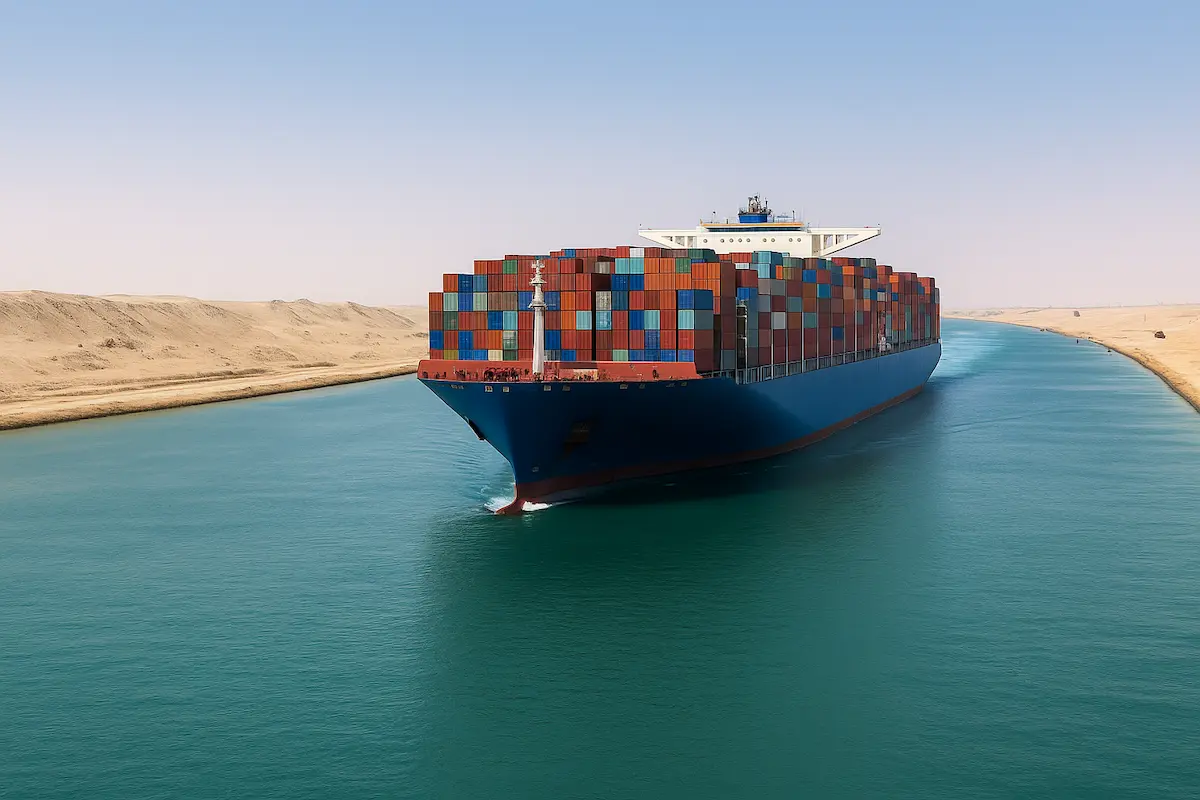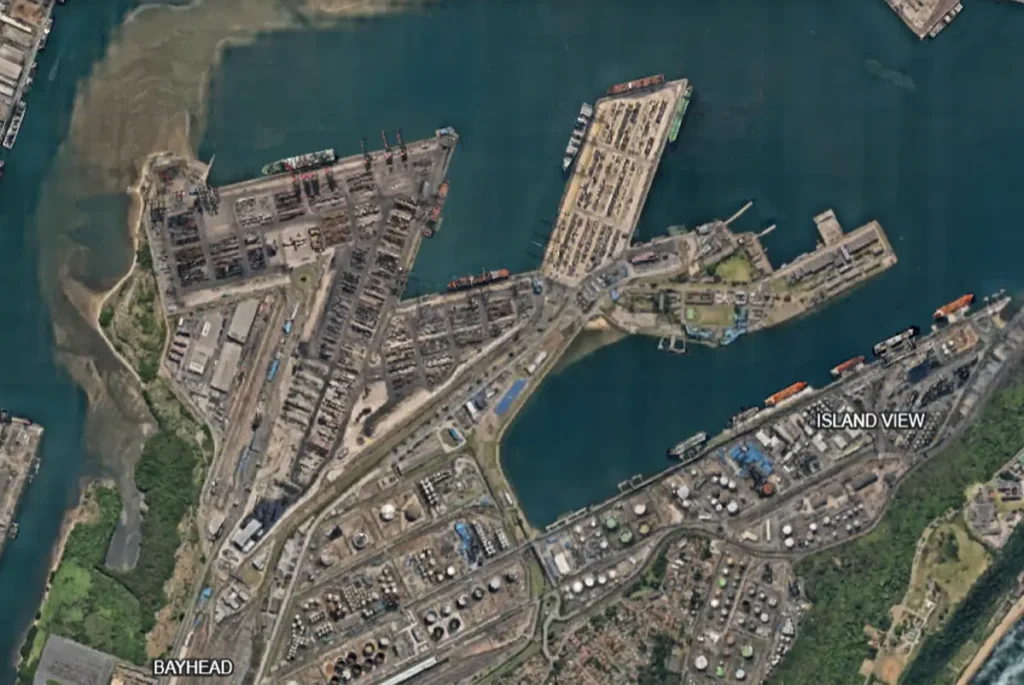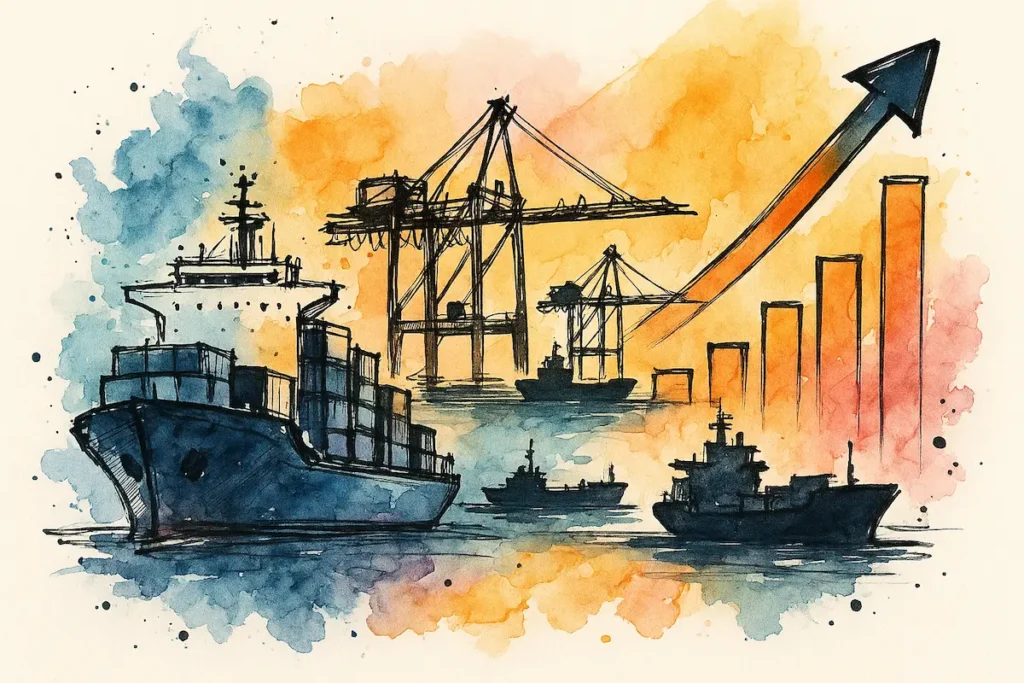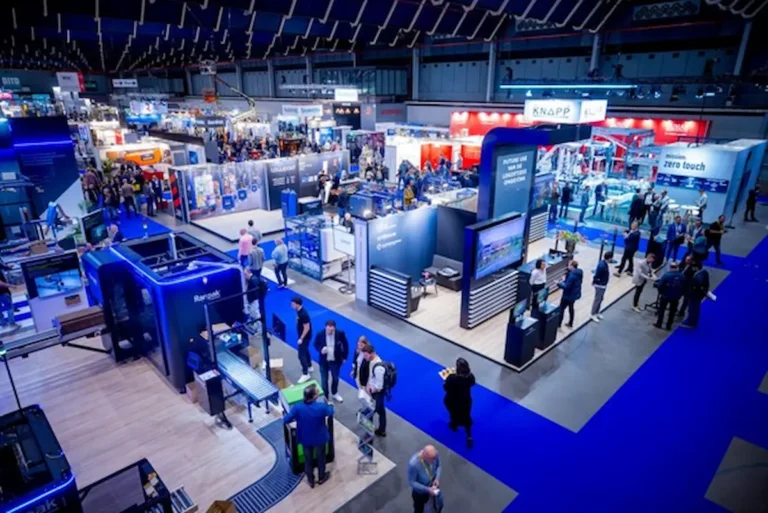Tensions in the Red Sea shipping corridor have escalated following an attack on bulk carrier Magic Seas on the 6th of July even as major container line CMA CGM has cautiously resumed select transits through the region..
Reuters is reporting that the Magic Seas, a Liberian-flagged bulk carrier, came under assault off Yemen’s Hodeidah coast..
As per the Reuters report, “Two of the USVs impacted the port side of the vessel, damaging the vessel’s cargo,” Ambrey added.. UKMTO said the attack resulted in a fire onboard and that the incident was ongoing..
Ambrey said in a separate advisory that the ship was later attacked by four Unmanned Surface Vehicles..
“No one immediately claimed responsibility for the attack, but Ambrey assessed the vessel to meet the established Houthi target profile” added Reuters..
Longstanding rerouting around Africa
Since late 2023, many container lines, bulk carriers, and tankers have rerouted via the Cape of Good Hope to avoid the Red Sea entirely.. This diversion adds an estimated 10–14 days to Asia–Europe sailings and has significantly raised costs, bunker consumption, and insurance premiums..
War-risk insurance rates for Red Sea transits have surged during this period, with underwriters enforcing stricter clauses.. Meanwhile, Southern African ports such as Durban and Cape Town have experienced higher vessel traffic, testing available capacity and infrastructure..
CMA CGM resumes controlled transits through the Suez Canal
Despite the ongoing security risks, French carrier CMA CGM has resumed case-by-case transits via the Suez Canal.. In mid‑June 2025, the 15,500 TEU CMA CGM Osiris became the first mega‑container ship to make the passage since early 2024..
According to industry reports, CMA CGM is applying a selective approach, assessing threat levels and coordinating with naval escorts before approving individual sailings.. The company is also benefiting from temporary Suez Canal toll incentives aimed at restoring traffic through Egypt’s key waterway..
CMA CGM’s move reflects cautious optimism about improved security coordination but highlights that Red Sea shipping remains far from business-as-usual..
Shipping industry response and security measures
In response to the evolving threat, shipowners and operators are reviewing security protocols, including onboard defensive measures, advanced monitoring systems, and real-time intelligence sharing with naval coalitions..
Analysts note that the use of sea drones and improvised weapons marks a new phase of asymmetric maritime warfare that requires updated training for crews and investment in hardening defences..
Insurers are also demanding detailed risk assessments and adherence to recommended transit corridors with naval protection where available..
Crew safety and welfare concerns
Beyond commercial considerations, the attacks have underscored significant safety risks for seafarers operating in the Red Sea region..
Crews face the psychological stress of potential attacks, mandatory security drills, and longer diversions around Africa that extend contracts and time at sea.. Industry groups continue to call for stronger mental health support and post-incident care for those directly affected by maritime violence..
Strategic outlook
The latest attack on the Magic Seas illustrates the fragility of efforts to restore confidence in Red Sea shipping lanes.. While CMA CGM’s controlled resumption signals that the corridor is not entirely closed, it highlights the need for continuous threat assessment and adaptive planning..
Shipping companies, insurers, ports, and governments will likely continue balancing the cost of longer rerouting with the risks of transiting a conflict zone..
Industry observers note that restoring reliable, safe passage through the Red Sea will require coordinated naval protection, improved intelligence sharing, and industry-wide commitment to seafarer welfare as a core element of maritime security planning..













